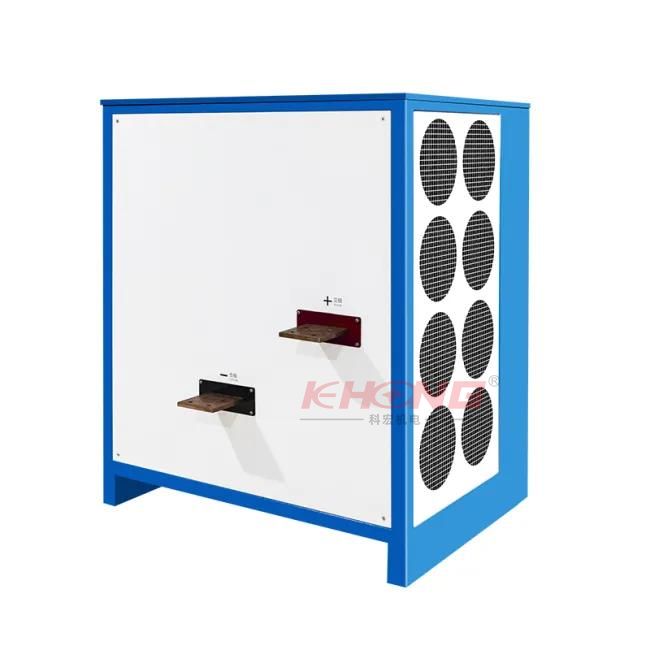Apr. 01, 2024
Electroplating is a surface finishing process where metal ions in a solution are deposited onto a substrate material via the passage of an electric current. The substrate material acts as the cathode, while the metal ions in the solution form the anode. By controlling the electric current, voltage, and other parameters, precise deposition of metal layers can be achieved.

Electroplating involves several essential components, including an electrolyte solution, an anode, a cathode, and a power supply. The power supply plays a crucial role in providing the necessary electrical energy for the deposition process.
Rectifiers are devices used to convert alternating current (AC) to direct current (DC), which is required for electroplating. There are several types of rectifiers commonly used in electroplating processes:
Constant current power supplies ensure a stable current output regardless of changes in the load or input voltage. This type of power supply is ideal for applications where precise control over the plating process is essential.
Pulse rectifiers deliver current in pulses rather than a continuous stream. This allows for better control over the deposition process, resulting in improved plating quality and efficiency.
Selecting the appropriate power supply is critical for achieving desired plating results. Several factors should be considered when choosing a power supply for electroplating:
Voltage and Current Requirements: Ensure that the power supply can provide the necessary voltage and current for the plating process.
Plating Material: Different metals may require specific power supply configurations for optimal results.
Plating Thickness: The desired thickness of the plated layer influences the choice of power supply.
Process Control: Consider the level of control and precision required for the plating process.
Each type of electroplating power supply offers unique benefits and advantages:
Constant current power supplies provide precise control over the plating process, resulting in uniform deposition and high-quality finishes.
Pulse rectifiers offer improved efficiency and reduced energy consumption compared to traditional continuous current supplies.
The choice of power supply can significantly impact the performance of electroplating processes in various applications:
Constant current power supplies are preferred for applications requiring uniform plating thickness and surface finish, such as decorative plating.
Pulse rectifiers are well-suited for high-speed plating processes and applications where rapid deposition is necessary.
Despite their benefits, electroplating rectifier may face certain challenges:
Voltage Fluctuations: Sudden fluctuations in voltage can disrupt the plating process. Implementing voltage stabilization measures can help mitigate this issue.
Corrosion: Exposure to corrosive electrolytes can damage power supply components over time. Regular maintenance and protective coatings can extend the lifespan of the equipment.
Proper maintenance is essential for ensuring the longevity and efficiency of electroplating power supplies:
Regular Inspection: Conduct routine inspections to identify and address any issues promptly.
Cleaning and Lubrication: Keep the power supply clean and well-lubricated to prevent corrosion and ensure smooth operation.
Calibration: Periodically calibrate the power supply to maintain accurate voltage and current output.
Electroplating processes involve various hazards, so it's crucial to follow safety protocols:
Protective Gear: Wear appropriate protective clothing, gloves, and eye protection when handling chemicals and operating equipment.
Ventilation: Ensure adequate ventilation to prevent the buildup of hazardous fumes in the work area.
Emergency Preparedness: Have emergency protocols in place and provide training to personnel on how to respond to accidents or spills.
In conclusion, choosing the right type of electroplating power supply is crucial for achieving high-quality plating results. By understanding the different types of power supplies available, their benefits, applications, challenges, and maintenance requirements, manufacturers can optimize their electroplating processes for improved efficiency and performance.
Previous: None
If you are interested in sending in a Guest Blogger Submission,welcome to write for us!
All Comments ( 0 )